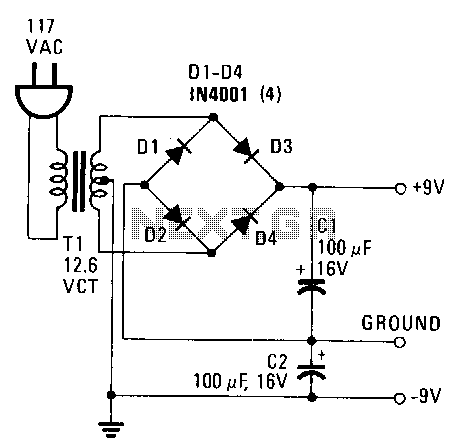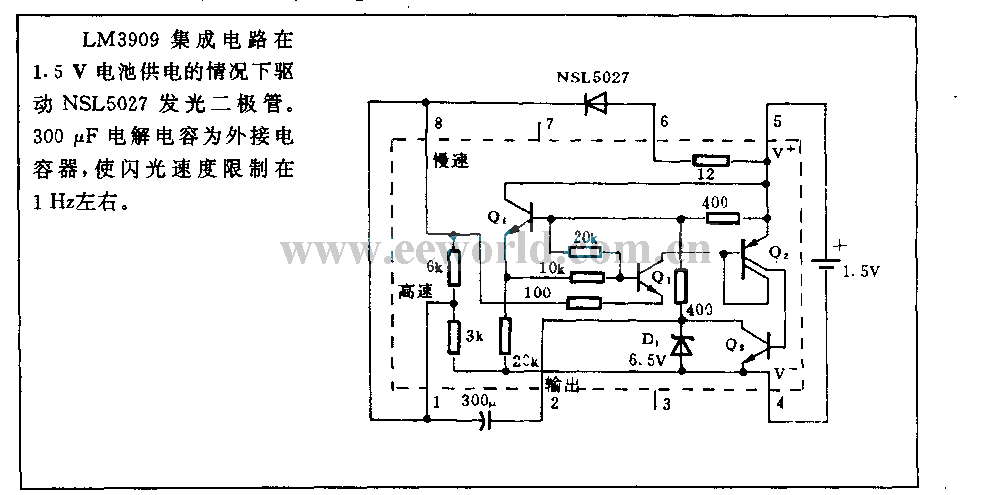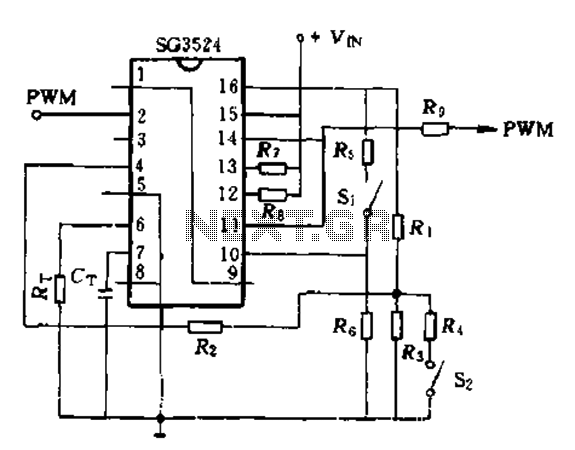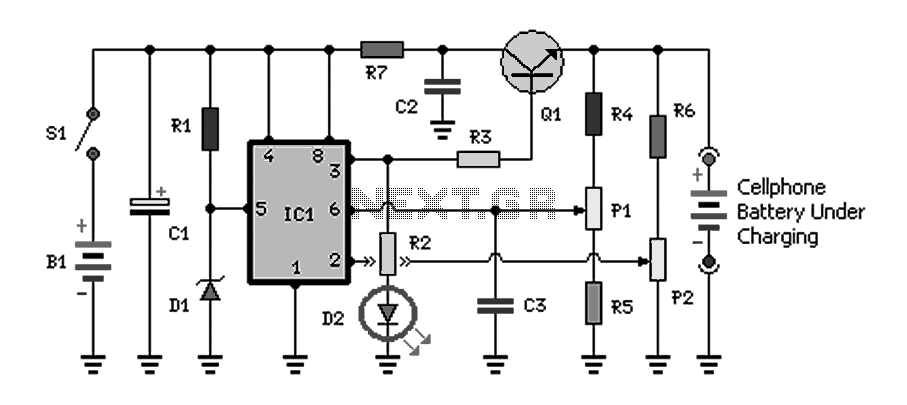
TDA7384 class AB Audio Power Amplifier circuit design electronic project
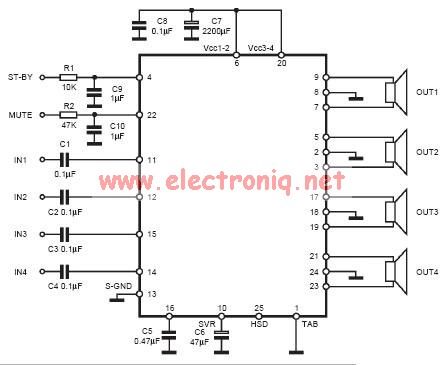
The input capacitor is used for low-frequency cut-off, with a standard value of 0.1 µF, resulting in a cut-off frequency of approximately 16 Hz.
The input capacitor plays a critical role in electronic circuits, particularly in signal processing and audio applications. Its primary function is to block direct current (DC) while allowing alternating current (AC) signals to pass. The cut-off frequency, which is determined by the capacitor's value and the resistance in the circuit, defines the lowest frequency that can effectively pass through the capacitor.
For a capacitor value of 0.1 µF, the cut-off frequency can be calculated using the formula:
\[ f_c = \frac{1}{2 \pi R C} \]
where \( f_c \) is the cut-off frequency in hertz (Hz), \( R \) is the resistance in ohms (Ω), and \( C \) is the capacitance in farads (F). In this scenario, with a standard capacitor value of 0.1 µF, the cut-off frequency is approximately 16 Hz when used with a resistance of about 100 kΩ.
This low-frequency cut-off is particularly significant in audio circuits, where it helps to eliminate unwanted low-frequency noise and DC offsets, ensuring that only the desired audio signals are amplified or processed. The choice of a 0.1 µF capacitor is common in many applications due to its balance between size, performance, and cost. It is essential to select a capacitor with a suitable voltage rating and type (such as ceramic or film) to ensure reliability and performance in the intended application. Additionally, the characteristics of the capacitor, including its equivalent series resistance (ESR) and temperature coefficient, may influence the overall performance of the circuit, particularly in high-frequency applications.The input capacitor is for the low frequency cut-off and the standard value for the input capacitors is 0. 1uF ( the cut-off for this value is amount to 16Hz). 🔗 External reference
The input capacitor plays a critical role in electronic circuits, particularly in signal processing and audio applications. Its primary function is to block direct current (DC) while allowing alternating current (AC) signals to pass. The cut-off frequency, which is determined by the capacitor's value and the resistance in the circuit, defines the lowest frequency that can effectively pass through the capacitor.
For a capacitor value of 0.1 µF, the cut-off frequency can be calculated using the formula:
\[ f_c = \frac{1}{2 \pi R C} \]
where \( f_c \) is the cut-off frequency in hertz (Hz), \( R \) is the resistance in ohms (Ω), and \( C \) is the capacitance in farads (F). In this scenario, with a standard capacitor value of 0.1 µF, the cut-off frequency is approximately 16 Hz when used with a resistance of about 100 kΩ.
This low-frequency cut-off is particularly significant in audio circuits, where it helps to eliminate unwanted low-frequency noise and DC offsets, ensuring that only the desired audio signals are amplified or processed. The choice of a 0.1 µF capacitor is common in many applications due to its balance between size, performance, and cost. It is essential to select a capacitor with a suitable voltage rating and type (such as ceramic or film) to ensure reliability and performance in the intended application. Additionally, the characteristics of the capacitor, including its equivalent series resistance (ESR) and temperature coefficient, may influence the overall performance of the circuit, particularly in high-frequency applications.The input capacitor is for the low frequency cut-off and the standard value for the input capacitors is 0. 1uF ( the cut-off for this value is amount to 16Hz). 🔗 External reference

